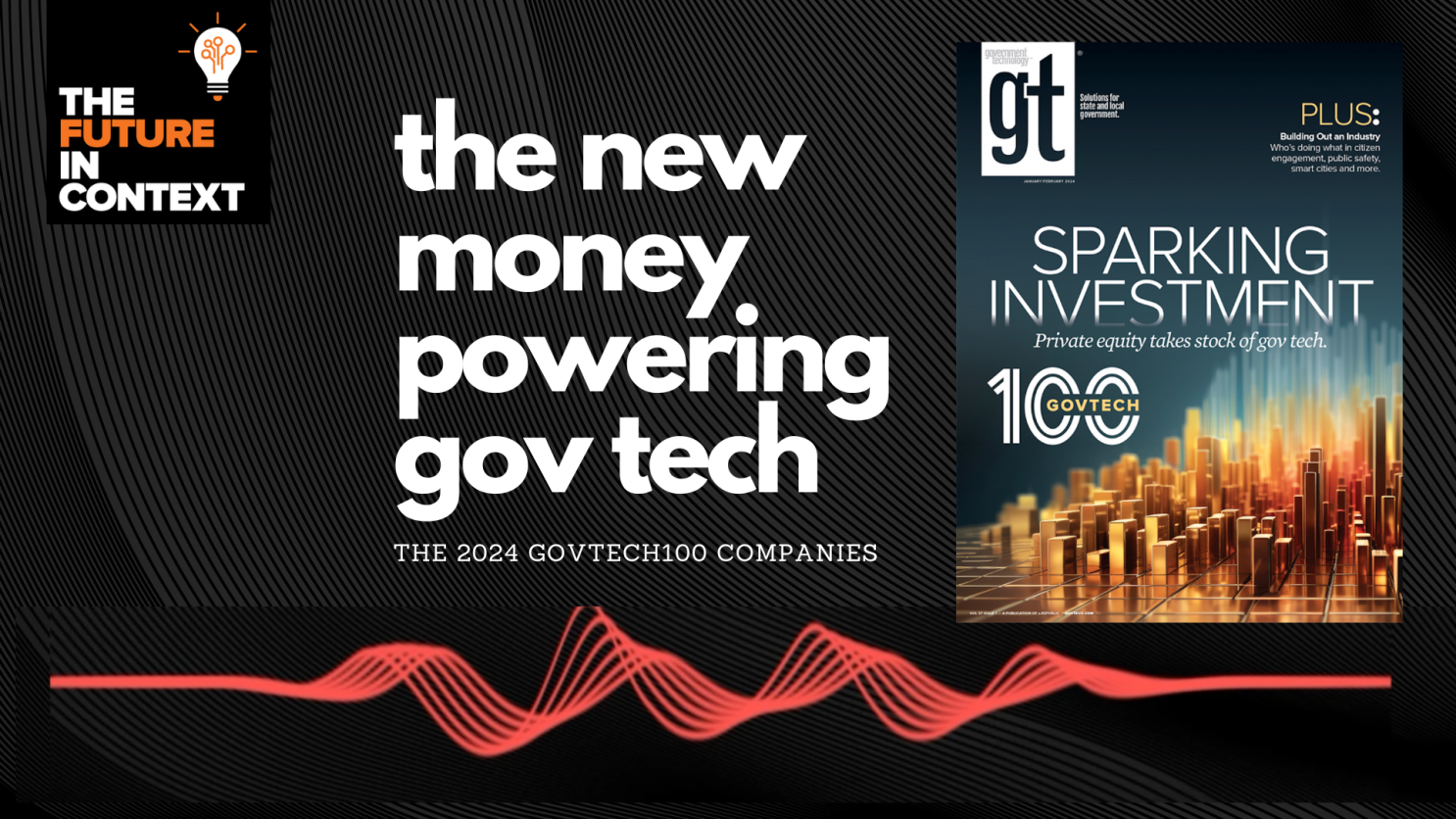In a rapidly evolving digital landscape, the integration of technology tech luver into government operations has become more than just a trend; it’s a necessity. From streamlining processes to enhancing communication and transparency, the intersection of technology and governance, often referred to as “Tech to Gov,” is revolutionizing the way societies are governed.
Importance of Technology in Government
Streamlining Processes
One of the primary benefits of technology in government is the ability to streamline bureaucratic processes. Through the digitization of paperwork and implementation of electronic workflows, tasks that once took days or weeks can now be completed in a fraction of the time.
Enhancing Efficiency
Technology enables governments to operate more efficiently by automating routine tasks and eliminating manual errors. This not only saves time and resources but also allows public servants to focus on more strategic initiatives that drive societal progress.
Improving Communication
Effective communication is essential for any government to function smoothly. With the advent of digital communication channels, such as email, social media, and government websites, administrations can disseminate information to citizens more rapidly and efficiently than ever before.
Examples of Tech Integration in Government
Digital Governance Platforms
Governments around the world are investing in digital governance platforms to centralize administrative functions, facilitate collaboration among departments, and provide citizens with a seamless experience when interacting with government services.
E-Government Services
E-government services, such as online tax filing, vehicle registration, and permit applications, have simplified interactions between citizens and government agencies. These services not only improve citizen satisfaction but also reduce the administrative burden on government employees.
Data Analytics for Policy Making
Data analytics tools enable governments to make data-driven decisions by analyzing large datasets to identify trends, predict outcomes, and assess the impact of policy interventions. By harnessing the power of data, governments can optimize resource allocation and deliver more targeted services to their constituents.
Challenges and Concerns
Cybersecurity Risks
As governments become increasingly reliant on digital infrastructure, they also become more susceptible to cyber threats. Protecting sensitive government data from hackers and other malicious actors is a constant challenge that requires robust cybersecurity measures and ongoing vigilance.
Digital Divide
While technology has the potential to improve government services and promote inclusivity, there is a risk of widening the digital divide between those who have access to technology and those who do not. Ensuring equal access to digital services for all citizens remains a critical priority for governments worldwide.
Privacy Concerns
The collection and storage of personal data by government agencies raise significant privacy concerns among citizens. Striking the right balance between leveraging data for improved governance and protecting individuals’ privacy rights is a complex issue that requires careful consideration.
Future Trends in Tech to Gov
AI and Machine Learning Applications
Artificial intelligence and machine learning are poised to transform government operations by automating repetitive tasks, predicting citizen needs, and optimizing resource allocation. From chatbots to predictive analytics, AI holds immense potential for improving government efficiency and effectiveness.
Blockchain for Transparency
Blockchain technology offers governments a secure and transparent way to record transactions, authenticate identities, and track the flow of assets. By leveraging blockchain, governments can enhance transparency, reduce fraud, and streamline administrative processes such as land registration and voting.
IoT in Smart Cities
The Internet of Things (IoT) has the potential to revolutionize urban governance by enabling the collection of real-time data on everything from traffic patterns to air quality. By deploying IoT sensors and smart infrastructure, cities can improve service delivery, reduce costs, and enhance the quality of life for residents.
Case Studies
Estonia’s E-Government Success
Estonia is often hailed as a pioneer in e-government, with nearly all government services available online through its secure digital identity system, e-Residency. By embracing digital innovation, Estonia has streamlined bureaucratic processes, reduced administrative costs, and earned the trust of its citizens.
Singapore’s Smart Nation Initiative
Singapore’s Smart Nation initiative aims to harness technology to improve the quality of life for its citizens, enhance sustainability, and foster economic growth. Through initiatives such as cashless payments, autonomous vehicles, and smart infrastructure, Singapore is leading the way in building a technologically advanced and resilient society.
Conclusion
Tech to Gov represents a paradigm shift in the way governments operate and interact with their citizens. By embracing technology, governments can streamline processes, enhance efficiency, and improve service delivery. However, challenges such as cybersecurity risks, the digital divide, and privacy concerns must be addressed to realize the full potential of Tech to Gov initiatives.

